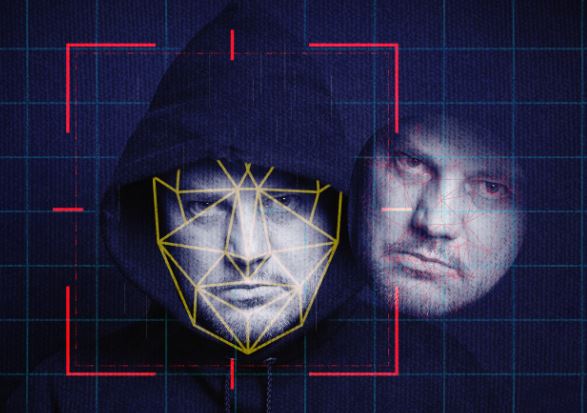Artificial Intelligence (AI) has revolutionized many aspects of our daily lives, from personalized recommendations to advanced security systems. One of the most significant advancements in AI technology is facial recognition. However, as with any technology, there are always those who seek to exploit its weaknesses. This article delves into the emerging trend of systems designed to defeat AI face recognition, aptly termed ‘Faceless’.
The Rise of Facial Recognition Technology
Facial recognition technology has seen widespread adoption across various sectors, including law enforcement, retail, and social media. Companies like Meta (formerly Facebook) have been at the forefront of integrating facial recognition into their platforms. According to a recent article from the Economic Times, Meta is testing a new facial recognition feature to prevent the misuse of images and videos of public figures. This technology aims to track advertisements using the faces and videos of public figures and block them if they are confirmed to be scams.
David Agranovich, the director of Security Policy at Meta, stated that this new technology could significantly enhance security on platforms like Facebook and Instagram, reducing fraud and scams. Read more about Meta’s initiative here.
Challenges and Vulnerabilities
Despite the benefits, facial recognition technology is not without its challenges. One of the most significant issues is the potential for misuse. Deepfake technology, which uses AI to create realistic but fake images and videos, poses a severe threat to the integrity of facial recognition systems. Deepfakes can be used for various malicious purposes, including identity theft, scams, and misinformation campaigns.
For instance, a recent article highlighted how deepfake images were used to show former President Trump with Black supporters, raising concerns about AI and elections. The potential for AI-generated content to mislead voters and undermine trust in information is a growing concern. Learn more about this issue here.
AI Face Recognition Defeat Systems
In response to these challenges, new technologies are emerging to defeat AI face recognition systems. These ‘Faceless’ systems are designed to obscure or alter facial features in a way that makes it difficult for AI to recognize and identify individuals. This technology can be used for both legitimate and malicious purposes.
On the legitimate side, individuals concerned about their privacy can use these systems to protect their identities from being captured and analyzed by facial recognition systems. On the other hand, malicious actors can use these technologies to evade law enforcement and commit crimes without being identified.
Case Studies and Real-World Applications
One notable example of the misuse of AI technology is the rise of AI-assisted voice cloning scams. The Tamil Nadu Police recently issued an advisory warning the public about scams using AI-assisted voice cloning. This technology, while not entirely new, has become more accessible and sophisticated, making it easier for malicious actors to exploit. Read more about this advisory here.
Another example is the use of deepfakes in romance scams. Cybercriminals have used deepfakes to scam individuals out of millions of dollars by creating fake cryptocurrency platforms and manipulating victims emotionally. Hong Kong police recently arrested 27 suspects involved in such an operation. Learn more about this case here.
Combating the Threat
As AI technology continues to evolve, so too must the measures to combat its misuse. Regulatory bodies like the Federal Trade Commission (FTC) in the United States are seeking to modify rules to combat deepfakes and other AI-generated scams. The FTC has proposed expanding impersonation rules to cover individuals and increase state-level laws against deepfakes. Read more about the FTC’s efforts here.
In addition to regulatory measures, companies are also developing tools to protect against AI-powered scams. For example, Cloudflare has launched a tool to combat AI bots that scrape websites for training data. This tool focuses on identifying and blocking AI bots that try to evade detection, providing website owners with more control over their data. Learn more about Cloudflare’s tool here.
The Future of AI and Facial Recognition
The future of AI and facial recognition technology is both promising and concerning. While these technologies offer significant benefits, they also pose substantial risks. As we continue to integrate AI into various aspects of our lives, it is crucial to remain vigilant and proactive in addressing the challenges and vulnerabilities that arise.
Ultimately, the goal should be to harness the power of AI for good while minimizing its potential for harm. By staying informed and adopting robust security measures, we can navigate the complex landscape of AI and facial recognition technology.
Ready to Transform Your Hotel Experience? Schedule a free demo today
Explore Textify’s AI membership
Explore latest trends with NewsGenie
